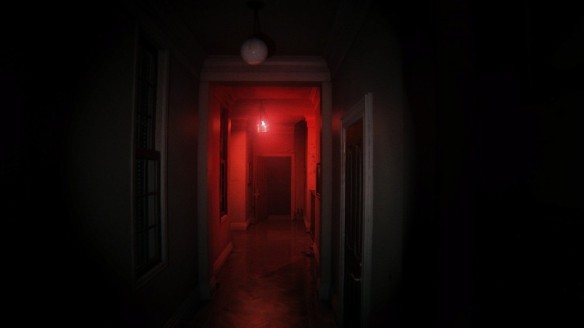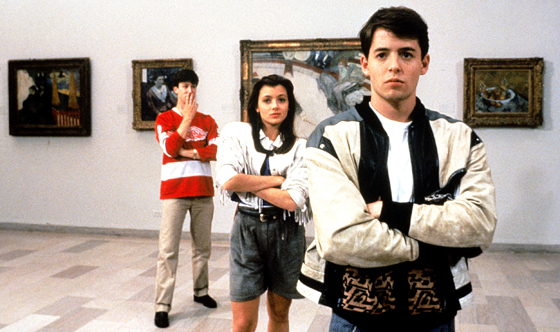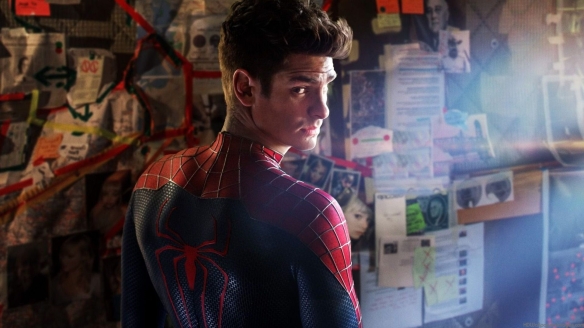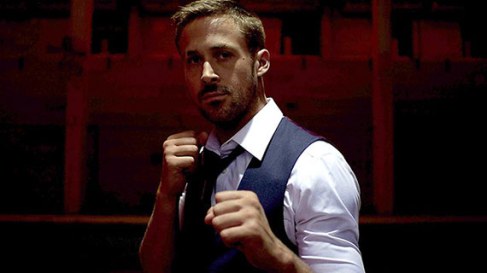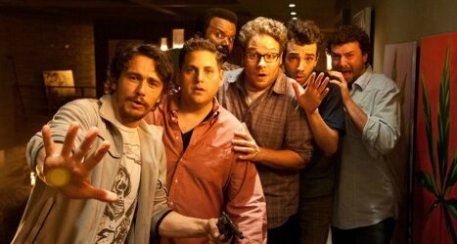Re-enter the survival horror.
Despite being a proverbial clown-car full of horror clichés and god-awful dialogue, Resident Evil is for gaming what Night of the Living Dead is for film – a massively-entertaining pioneer of the horror genre.
Almost 20 years have passed since the release of Resident Evil on the PlayStation, a 5 S.T.A.R.S. game which spontaneously mutated into a franchise that ran tyrant with success, at the pinnacle of which sat Capcom’s exalted progeny, Resident Evil 4. Thousands wept as they witnessed critics put down the rabid Resident Evil 6 like Travis shooting his beloved Old Yeller (sniff); a veritable Frankenstein-esque mix of action-horror that lacked any sense of cohesion or unified vision.
However, Capcom made like Chris Redfield and got to the ‘root of the problem’ (see above for ‘god-awful dialogue’), and have returned, quite literally, to the series’ roots. Resident Evil HD Remastered is the second refurbishment of the famous mansion, an update to the 2002 GameCube remake which set the benchmark for re-imagined video games.
Born from modern technology and the inexorable perpetuation of nostalgia, the 2015 conception will purportedly make use of an immaculate 1080p on respective current-gen platforms, and will feature alternative aspect ratios (4:3 or 16:9) and classic/modern control styles to suit one’s personal preference.
With lighting and textures sharper than Barry Burton’s one-liners (‘Jill sandwich’ – anyone?), it seems wise to remember that Capcom are attempting to offer something (relatively) new, unlike the personified trollface that is Square Enix with their recent Final Fantasy VII announcement. Wiser still, do remember to take note of Wesker’s words at the beginning: ‘Don’t open that door!’.
Resident Evil HD Remastered is available digitally for PS4, PS3, Xbox One, Xbox 360 and PC on January 20



